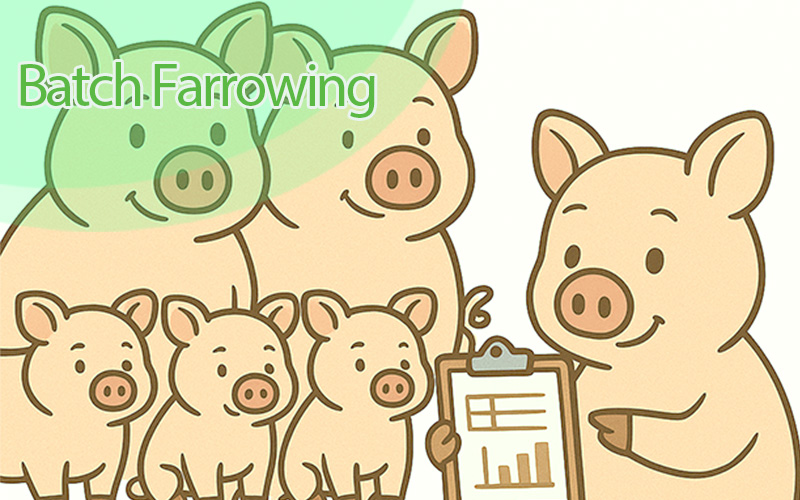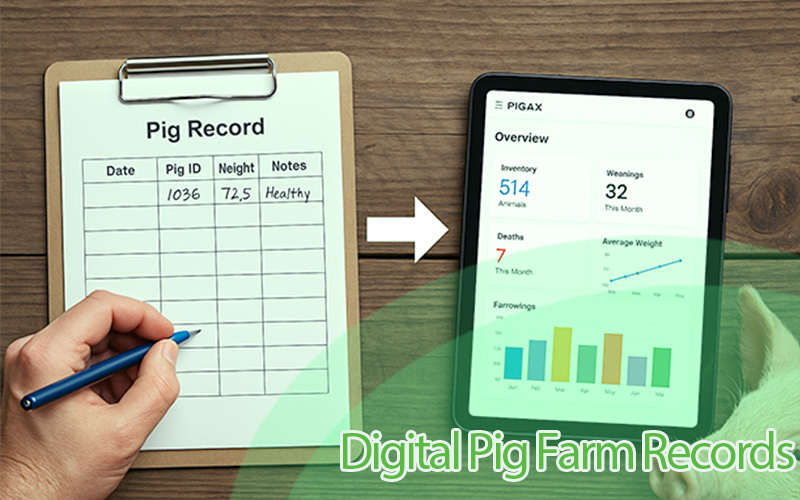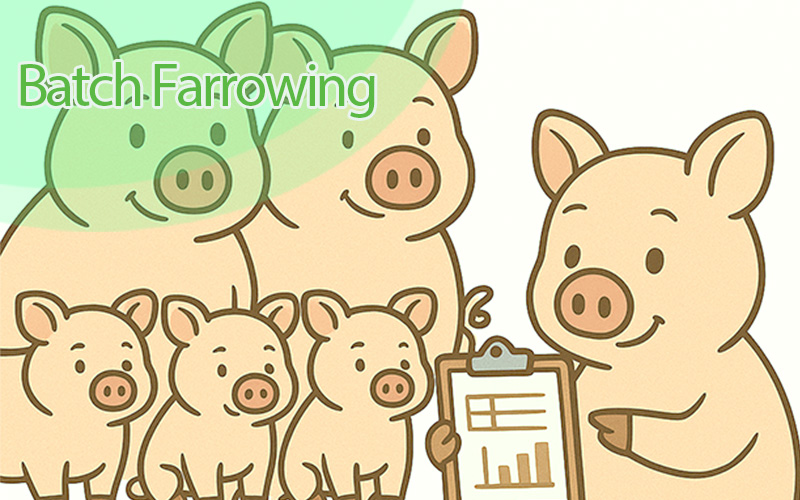Major Operations that Guarantess Success in Pig Farming
Pig farming is one of the most rewarding agricultural ventures, offering diverse opportunities for growth and profit. While the end goal of pig farming is to produce pork, not every farm needs to be involved in pork production at its finished stage. Instead, pig farms can focus on different phases of the production process, allowing for specialization in various stages of pig development.
In this comprehensive guide, we’ll explore the three major types of pig farming operations: farrowing, wean-to-finish, and farrow-to-finish. We’ll also dive deep into the critical factors for choosing the right operation for your farm, providing strategies to optimize each type of operation for success.
Choosing the right type of pig farming operation is essential for maximizing profitability and sustainability. The type of operation you run will determine the level of investment required, the skill set needed, and the market opportunities you can tap into. Let's break down the three main types of pig farming operations.
Farrowing Operation
A farrowing operation specializes in the breeding and raising of piglets, with the primary focus being on the sows (female pigs) and their piglets. Farmers in this operation are responsible for managing the birthing process and the early life stages of piglets until they are weaned, typically at 3-4 weeks of age.
Key Strategies for Farrowing Operations:
- Breeding and Health Management: Effective breeding practices and sow health are crucial for producing healthy litters. Understanding reproductive cycles and managing gestation and lactation periods can greatly improve output.
- Farrowing Crates and Environment: The use of farrowing crates is standard in this operation to prevent piglets from being crushed by sows. Maintaining an optimal environment with proper temperature and sanitation helps reduce mortality rates.
- Piglet Nutrition: Weaning piglets from the sow's milk and transitioning them to creep feed requires careful management to avoid health issues.
Wean-to-Finish Operation
A wean-to-finish operation focuses on raising piglets from the weaning stage to full market weight. This type of operation usually purchases weaned piglets from farrowing farms and raises them for slaughter.
Key Strategies for Wean-to-Finish Operations:
- Feed Management: Since this operation's goal is to get pigs to market weight as efficiently as possible, feed management is paramount. Providing high-quality, balanced feed that supports rapid growth while maintaining animal health is key.
- Health and Biosecurity: Weaners are particularly vulnerable to diseases. Implementing robust biosecurity measures can prevent the spread of illnesses that can slow growth or lead to costly losses.
- Housing and Space: Adequate space is necessary to accommodate growing pigs, with proper ventilation and hygiene standards ensuring a healthy environment for the herd.
Pros of Wean-to-Finish Operations:
- Farmers don’t have to deal with the complexities of breeding.
- Focused solely on fattening pigs, it simplifies the overall operation.
- Potentially lucrative for large-scale pork producers supplying major markets.
Farrow-to-Finish Operation
A farrow-to-finish operation encompasses the entire pig production cycle, from breeding and farrowing to finishing and selling the pigs at market weight. While this type of operation allows for full control over every phase of production, it also requires substantial investment in both time and resources.
Key Strategies for Farrow-to-Finish Operations:
- Integrated Management: This operation requires comprehensive management of all stages, from breeding to finishing. Efficient scheduling and resource allocation are critical to ensure smooth transitions between phases.
- Investment in Technology: Many large-scale farrow-to-finish farms use advanced technology like automated feeding systems and artificial insemination to maximize efficiency.
- Marketing Strategy: Given the long production cycle, farrow-to-finish farms must develop strong relationships with markets to ensure a steady demand for their finished pork products.
Pros of Farrow-to-Finish Operations:
- Maximum control over the entire production process.
- Potential for higher profit margins due to the elimination of intermediaries.
- Allows for flexibility in targeting both weaner buyers and finished pork markets.
Factors to Consider When Choosing a Pig Farming Operation
Choosing the right pig farming operation is a crucial decision that can affect both the profitability and sustainability of your farm. Here are some critical factors to consider when selecting the best operation for your circumstances.
Demand and Market Opportunities
One of the first factors to consider is the demand for pork and weaners in your area. For instance, if there are many farms running wean-to-finish operations nearby, a farrowing operation could be a smart move, allowing you to supply weaners to these farms. Alternatively, if there is high demand for finished pork products, a wean-to-finish or farrow-to-finish operation might be more profitable.
Expertise and Experience
Your skillset plays a significant role in determining the type of pig farming operation you should pursue. Farrowing operations require specialized knowledge of breeding and animal health, while wean-to-finish operations are more straightforward and suitable for those with less experience. A farrow-to-finish operation requires comprehensive management skills across all production phases.
Resources and Budget
The financial resources at your disposal will significantly influence the operation you choose. Farrow-to-finish operations typically require the highest investment due to the need for extensive infrastructure and feed costs. Wean-to-finish operations, by contrast, have lower initial costs, as the focus is on raising pigs to market weight. Ensure you have a realistic budget that aligns with your operational goals.
Common Challenges in Pig Farming Operations
Regardless of the type of pig farming operation you choose, there are common challenges you will face. Here’s a look at some of the most prevalent challenges and how to overcome them.
Disease Management
Diseases can devastate a pig farming operation. Implementing strict biosecurity measures, such as isolating new pigs, maintaining clean housing, and providing proper vaccinations, is essential for preventing the spread of disease.
Feed Costs
Feed is the single largest expense in pig farming. To manage feed costs, consider bulk purchasing, optimizing feed formulations to match growth stages, and exploring alternative feed sources.
Environmental Regulations
Many regions have strict environmental regulations governing waste management and emissions in pig farming. Understanding local regulations and investing in environmentally friendly waste disposal systems is crucial for avoiding fines and maintaining a positive relationship with the community.
Choose Wisely, Farm Successfully
Selecting the right pig farming operation is a decision that requires careful consideration of your resources, skills, and market opportunities. Whether you opt for a farrowing, wean-to-finish, or farrow-to-finish operation, success depends on planning, resource management, and dedication to the well-being of your pigs.
By applying the strategies and tips outlined in this guide, you can build a profitable pig farming operation that meets the needs of your chosen market and aligns with your long-term goals. Happy farming!




